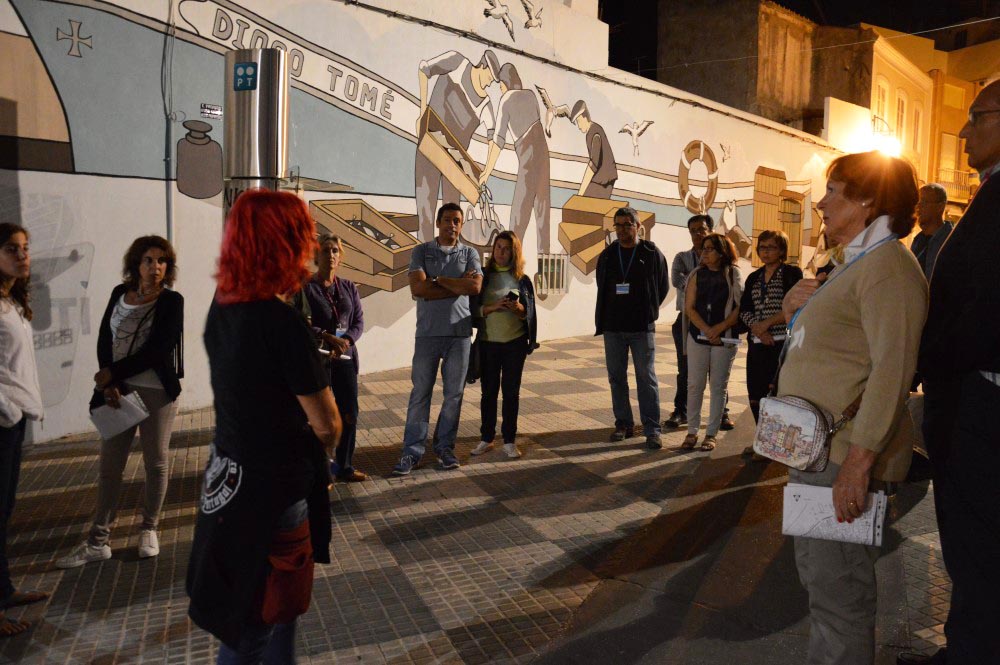
A nightly cultural tour through the history and less visible heritage of Portimão was the proposal of the local Council last night, as part of the program of the European Mobility Week and the European Car Free Day, which is being commemorated today.
Departing from Casa Manuel Teixeira Gomes, the tour took the group of participants, guided by Márcia, to discover the walls that once protected the then Villa Nova de Portimão, its shutters and doors. The walls are barely visible today, although they exist in large sections, but as a stone wall delimiting backyards or embedded in the walls of more recent buildings.
The tour started along the riverside, to evoke what was the port of Portimão in ancient times and to observe the current of houses that now rise along what was once the wall, then on to the old Postigo dos Fumeiros, one of the entrance doors, facing the port area, was visited by Arco Maravilhas, near which there would be a convent of nuns with an exhibition wheel, and the arcades that are now inside the Bar Marginália, also a target for visits.
The group then followed Rua da Porta da Serra (another vestige of the old walls) to the building now occupied by ISMAT (which already housed the first facilities of the Liceu de Portimão and later became the Technical School).
There, it was possible to see and touch a section of the wall, now serving as a dividing wall between yards. And then he descended to the depths, to the cistern discovered under the ISMAT, whose origin is unknown. And one could see, in the library of the educational establishment, the two heads in relief carved in stone, perhaps Roman, which are now integrated into the walls of the building.
The next stop on this nightly cultural tour was the Igreja Matriz, built with the money of the good men of the land, at a time when the small village of São Lourenço da Barrosa had already established itself as the flourishing Villa Nova de Portimão.
Then, we reached the place where the Porta de São João once stood, where today the intersection between Rua Diogo Tomé and Direita is located. And the guide explained that right next door, in a building that still exists today, D. Martinho de Castelo Branco, one of the lords of the land and Count Villa Nova de Portimão, asked King Manuel I to create a brothel there. The explanation given is that Portimão was already a land of many sailors who, having been at sea for a long time, needed to be entertained on land. If there was a girls' house, they would stop harassing the village ladies and that would be good for morals and good customs. The king authorized it, according to the chronicles of the time...
The night tour, very interesting even for those who think they know Portimão very well, ended outside the walled area, in front of the former Palacete Sárrea Prado, today the Municipal Theater.
Photos: Elisabete Rodrigues|Sul Informação
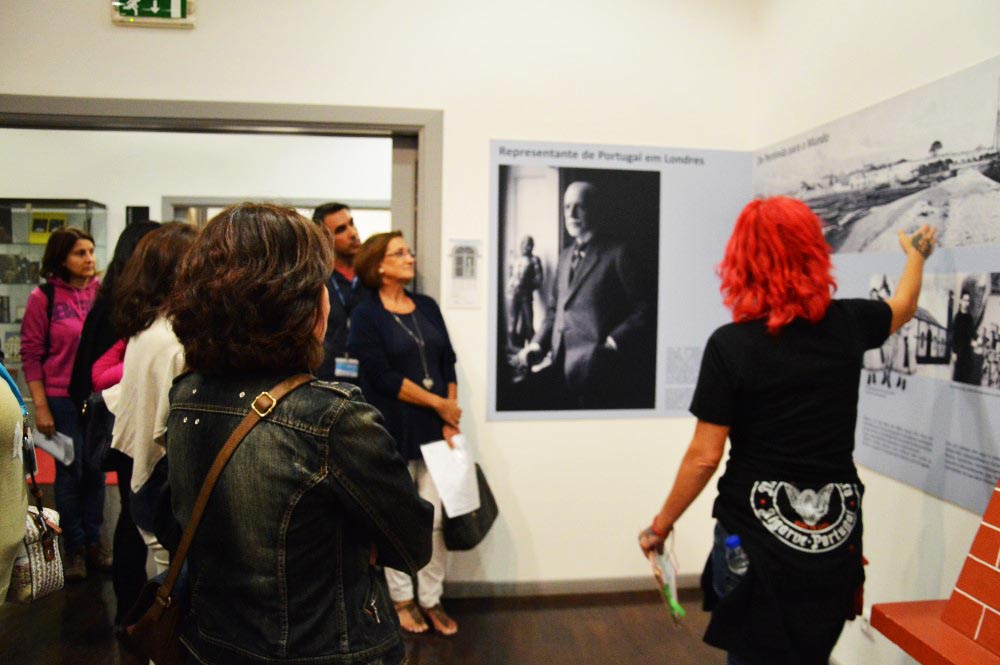

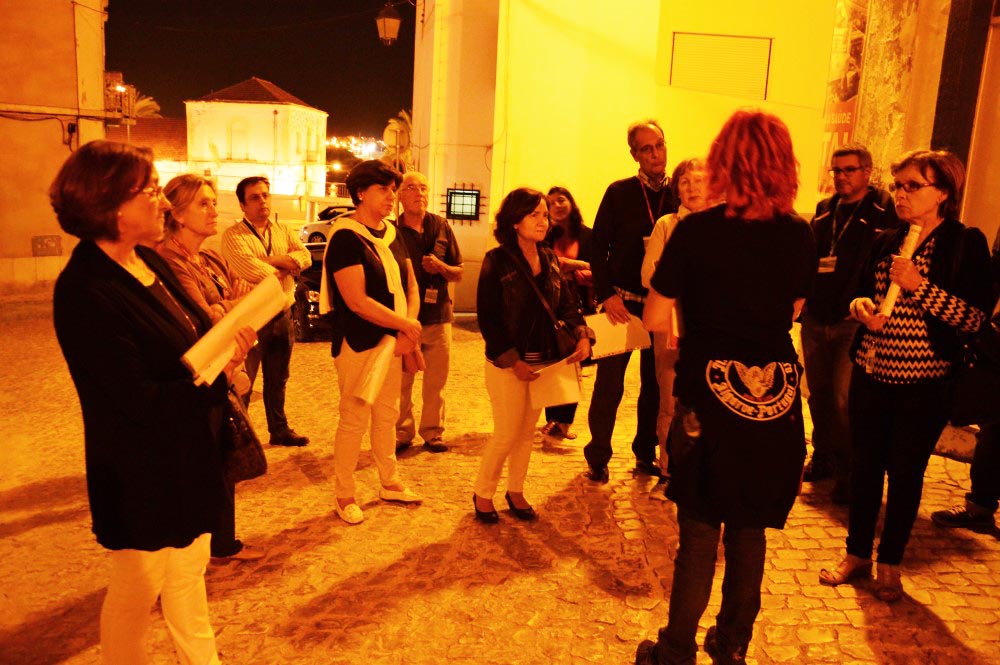
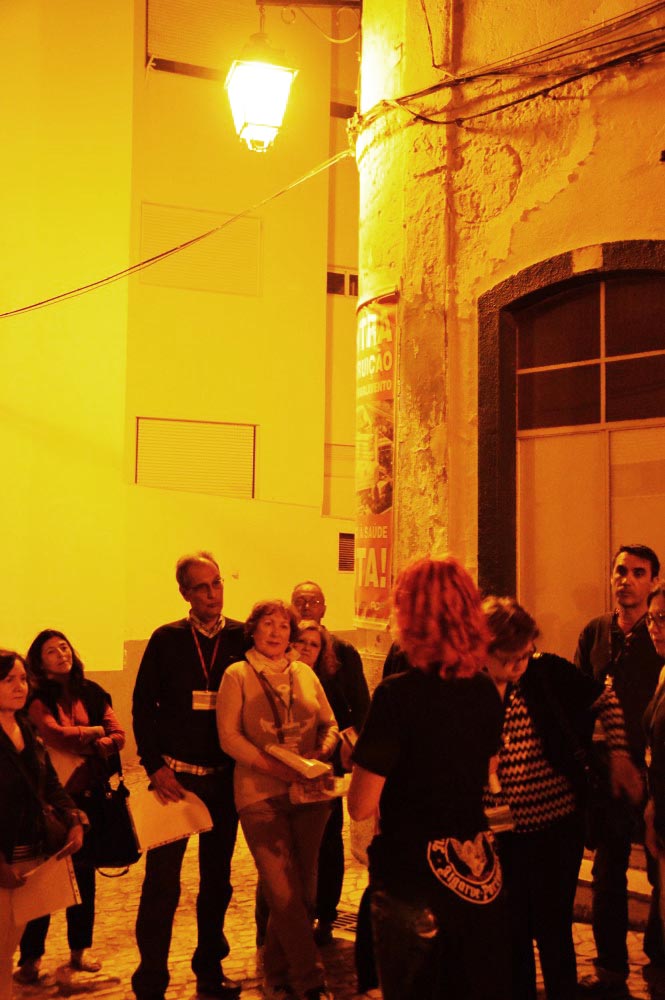
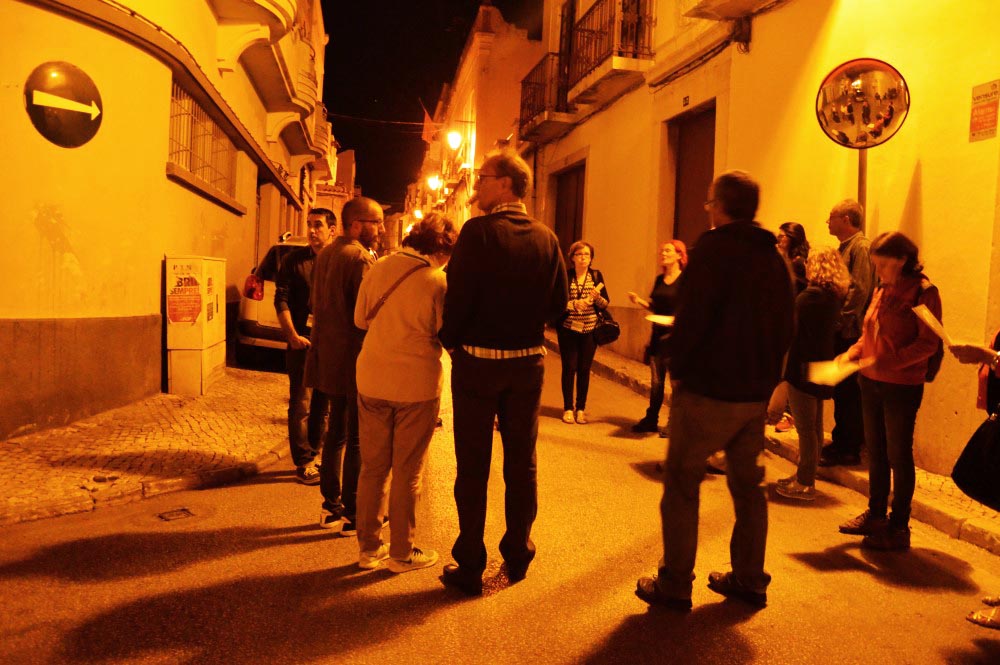
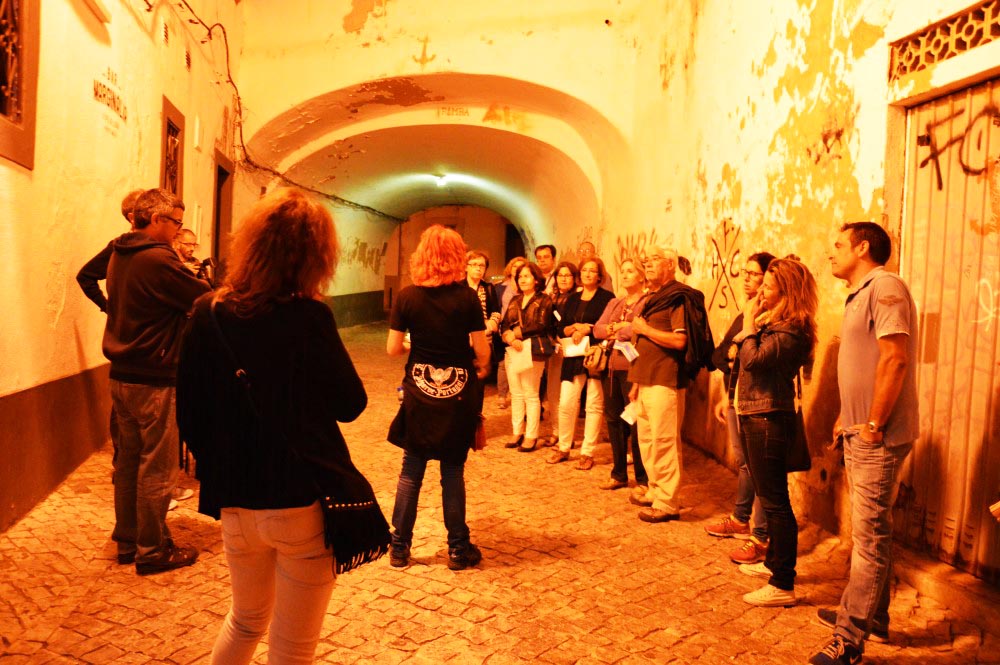
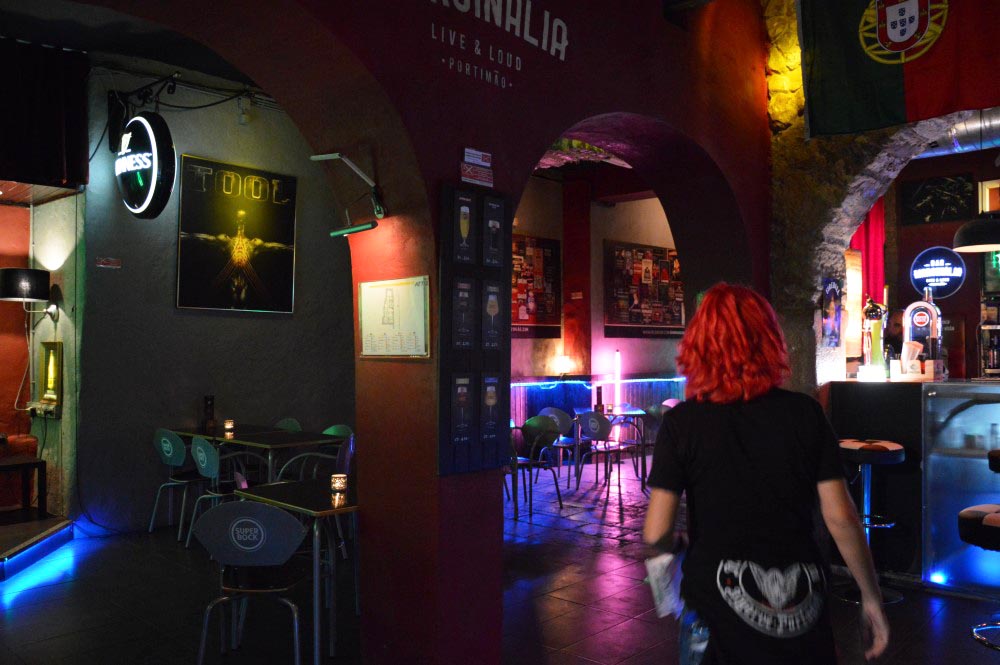
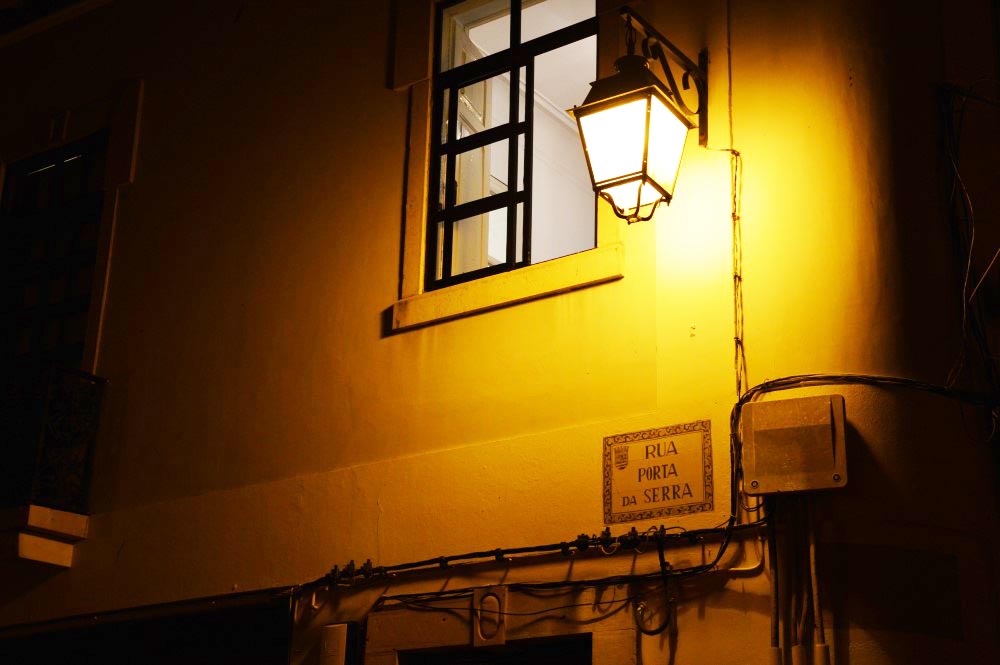
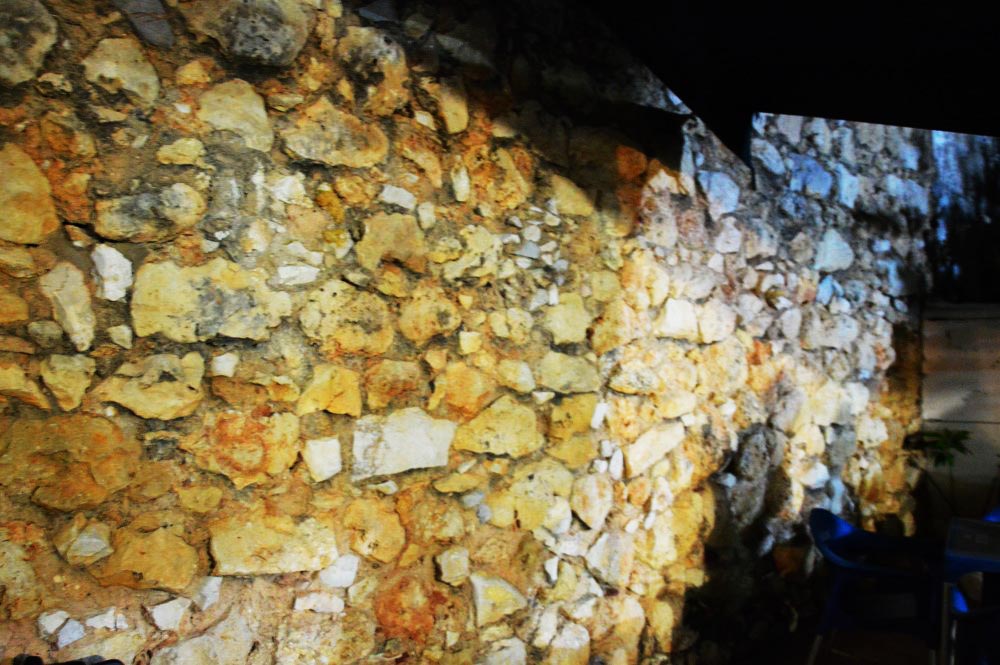
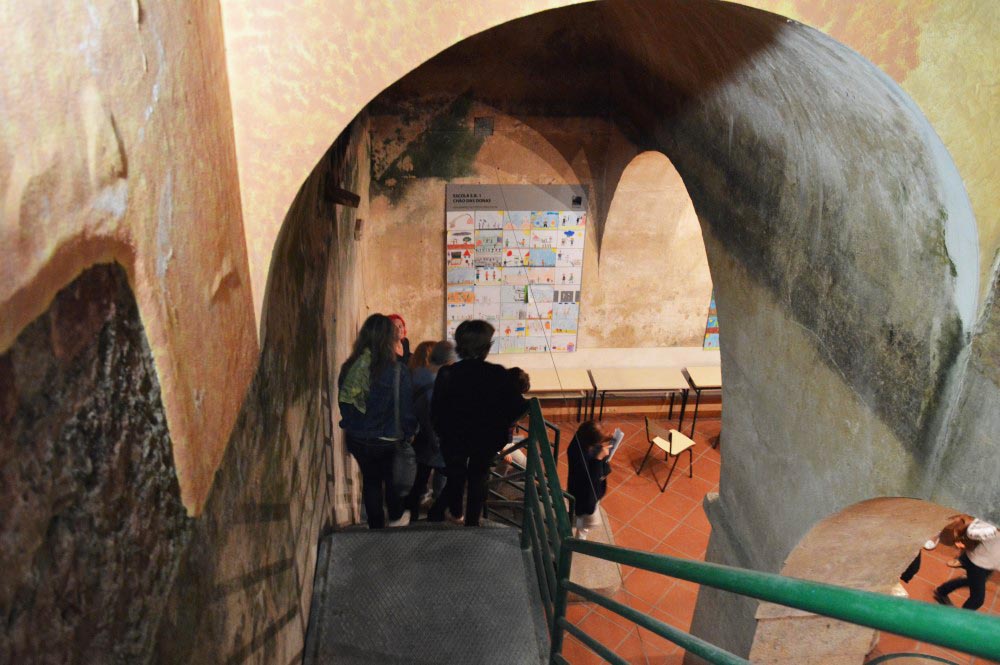
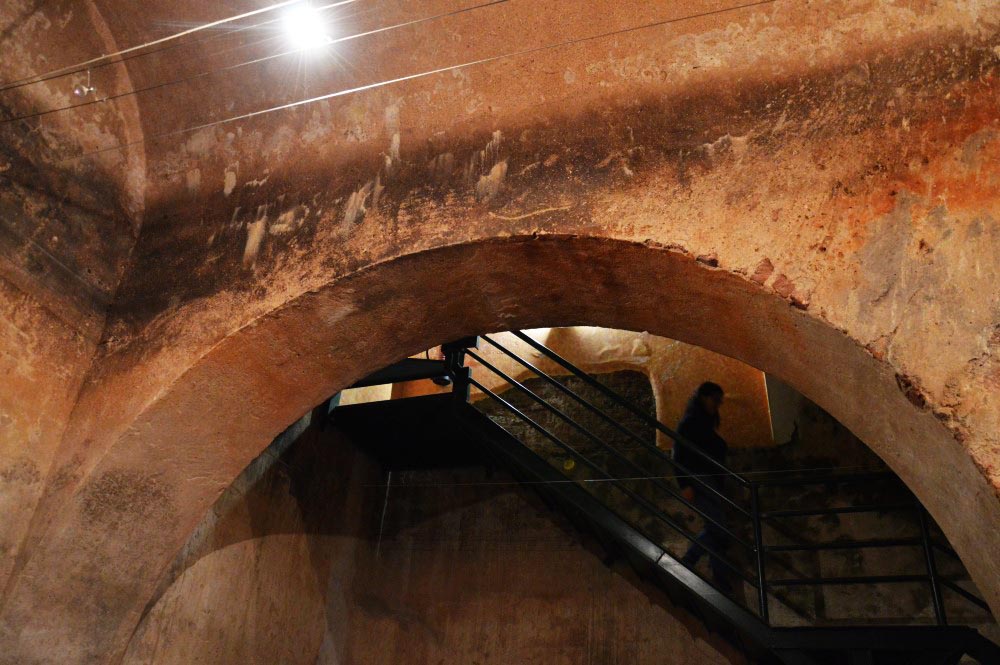
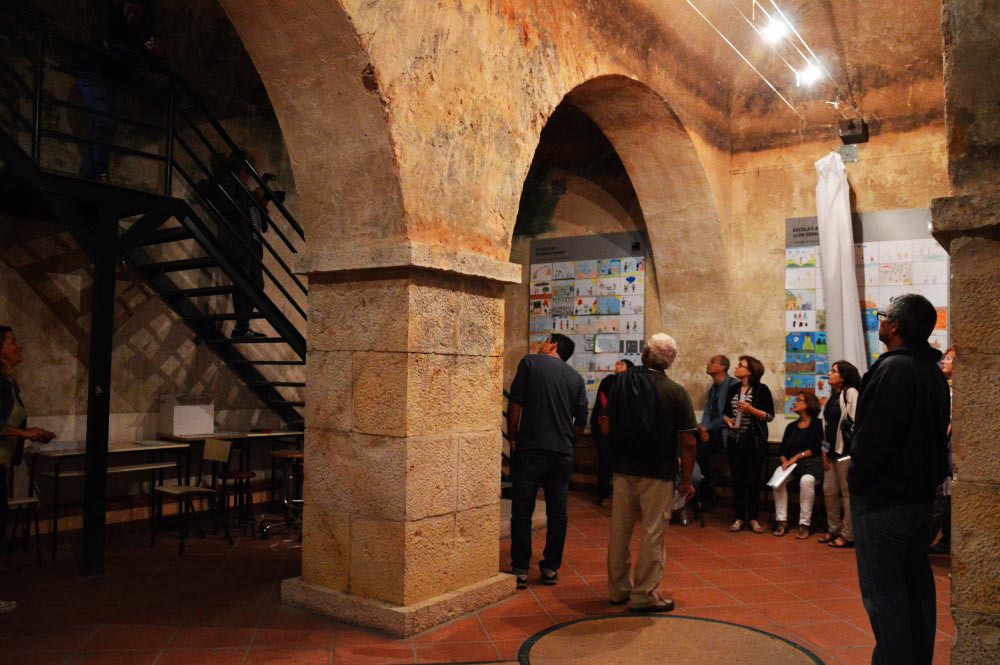

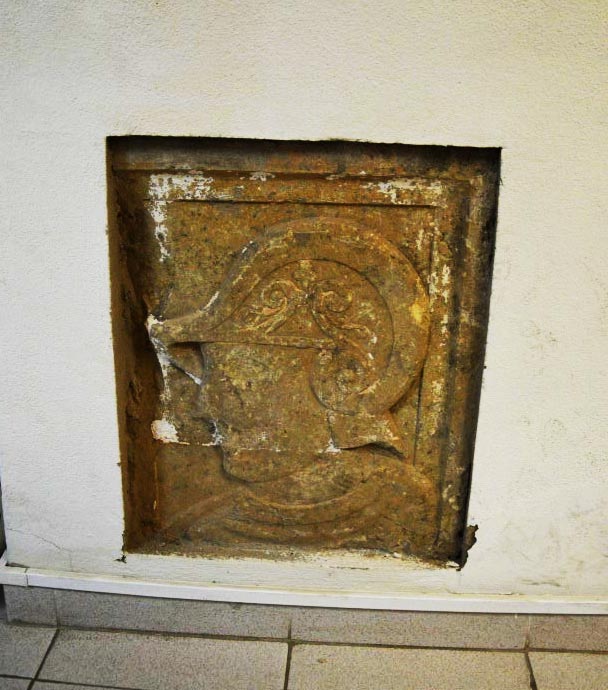
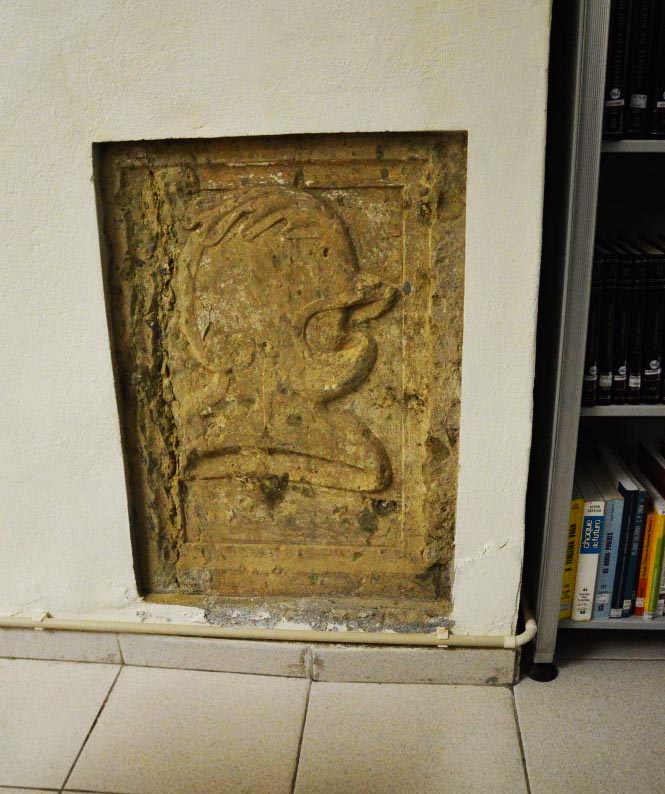
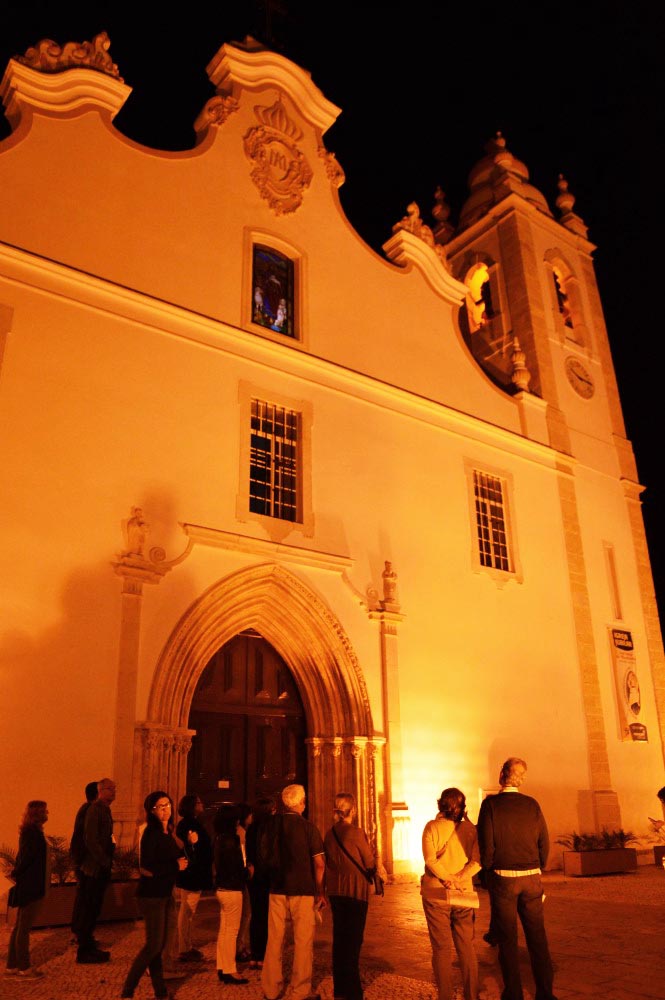
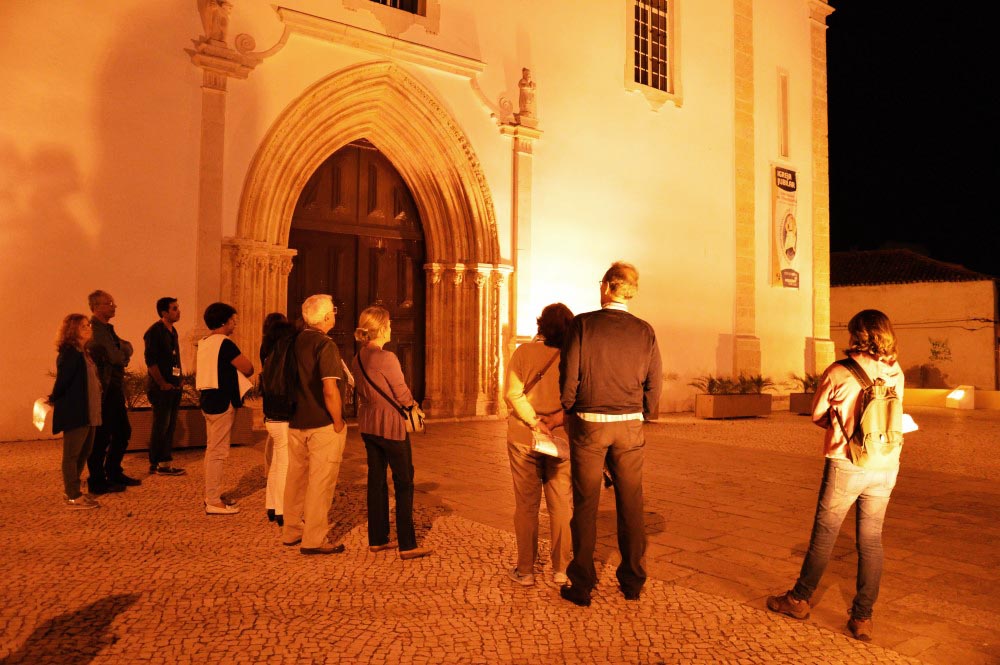
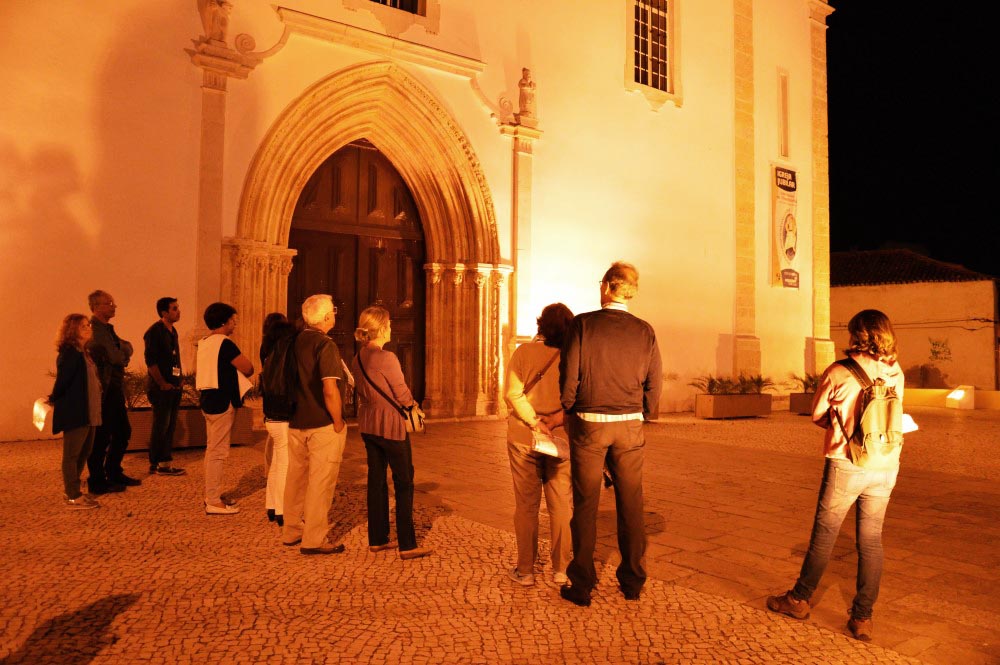
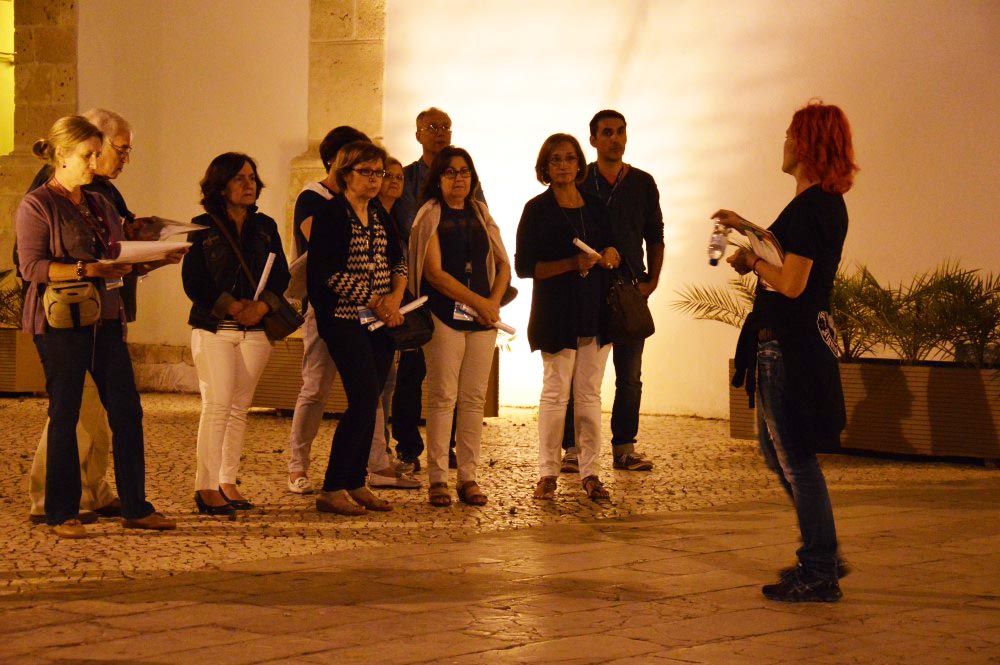
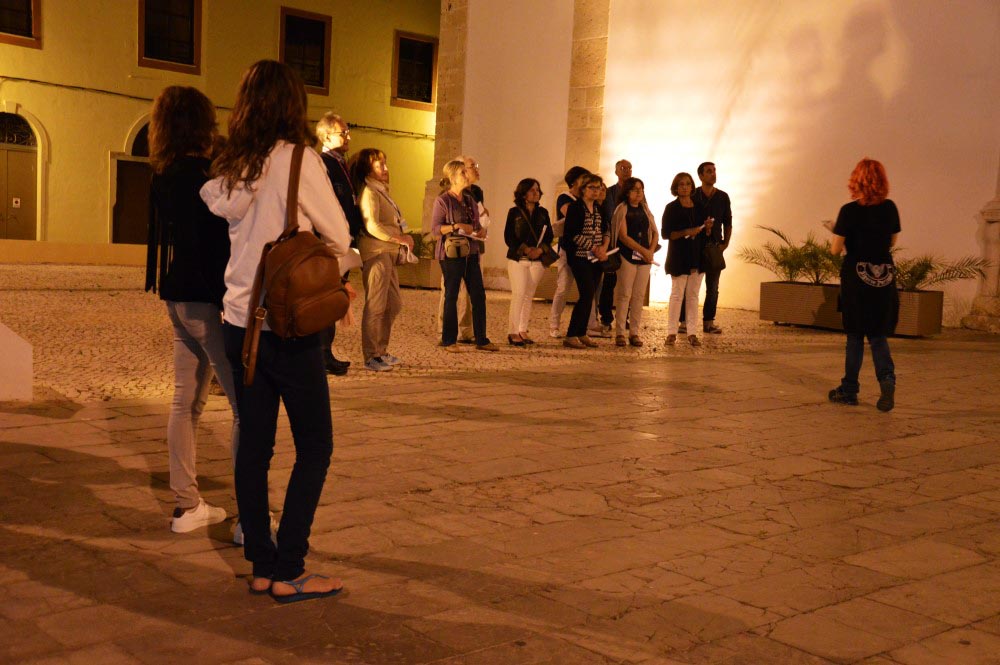
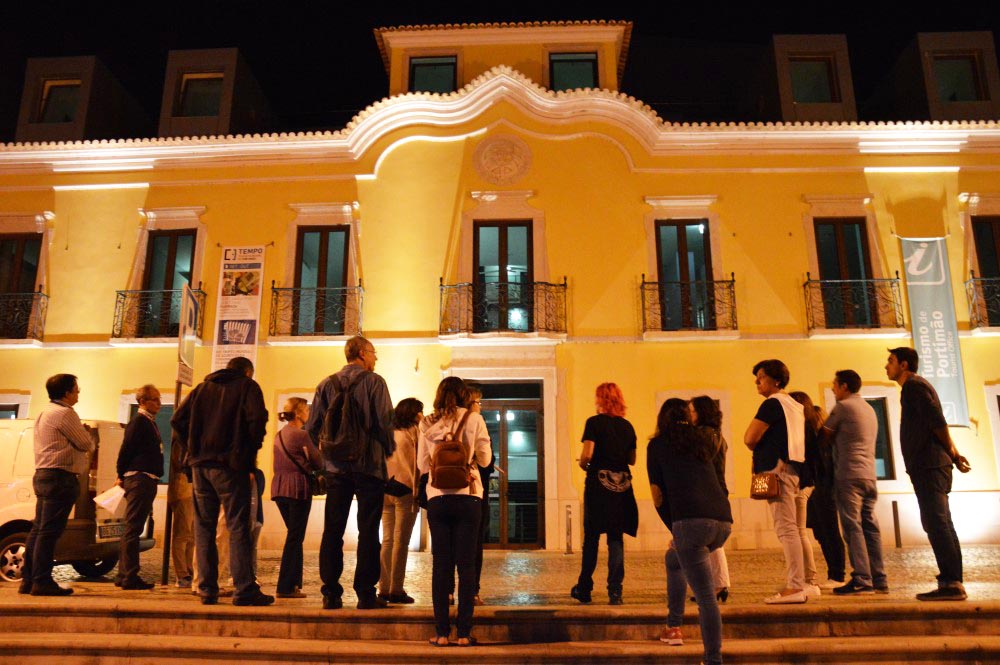


















Comments